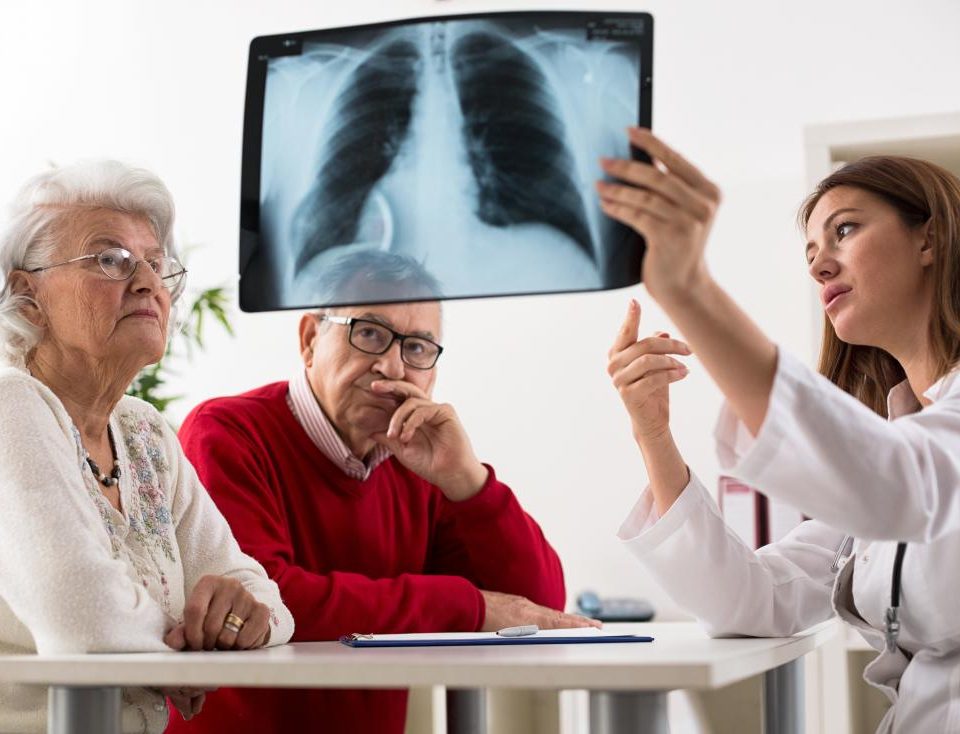Pneumonia patients need appropriate therapy quickly. Traditional culture methods are insensitive and time consuming, identifying causative agents in days or frequently failing to identify anything at all. Clinicians have to make treatment decisions without knowing the cause of the cause of a patient’s symptoms.
- 26 N. Oak Ave., Pasadena, CA 91107
- (626) 577 2711
- Fax: (626) 577 2717
Pneumonia Panel
- Home
- Pneumonia Panel
Challenges in Pneumonia
Traditional culture testing often takes days to report results

The low pathogen-detection yield among adults who were hospitalized for pneumonia highlights the need for more sensitive diagnostic methods and innovative discovery of pathogens.

Culture is Less Sensitive
In a CDC sponsored multi-center study of the etiology of community acquired pneumonia requiring hospitalization, a bacterial agent was only identified in 13% of patient samples.
Pathogen detection by traditional methods.
- bacteria only
- bacteria/virus co-detection
- virus only
Empiric Therapy Often Fails
Initial antibiotic treatment fails in 1 of 5 community acquired pneumonia patients, requiring an additional or different antibiotic course, an ER visit, or hospitalization.
The Right Test, The First Time
The BioFire Pneumonia Panel will give sensitive, accurate results in about one hour, from a variety of commonly collected lower respiratory tract specimens. These fast, results may allow clinicians to have confidence in marketing targeted therapy decisions.
Sample to answer in about one hour with the BioFire Pneumonia Panel
Detect More Potential Pathogens
PCR detects organism nucleic acids and is not dependent on organism growth. This results in the BioFire Pneumonia Panel detecting more bacteria than culture. In the prospective clinical trial for the BioFire Pneumonia Panel, a bacterial agent was identified in 50% of patient specimens.
Pathogen detection by the BioFire Pneumonia Panel
- bacteria only
- bacteria/virus co-detection
- virus only
Semi-quantitative Reporting
The BioFire Pneumonia Panel has semi-quantitative results for 15 bacteria that may be pathogens or normal flora. These results will be reported in one-log ranges of copies/mL.
How Syndromic Testing May Improve Patient Care
The BioFire Pneumonia Panel potential benefits to patient care may include administering the appropriate antibiotic sooner, reducing treatment costs, and improving lab work flow.
Impact on Antibiotic Prescription
The BioFire pneumonia Panel was run on 259 patient samples. Chart reviews revealed that up to 68% of empiric antibiotic courses could have been altered to more targeted therapy.
Appropriate Antimicrobial Stewardship
Up to 50% of patients could have been de-escalated based on the BioFire Pneumonia Panel result, saving more than 18,000 hours of antibiotic use.
Pneumonia Panel Targets
BACTERIA
- Acinetobacter calcoaceticus baumannii complex
- Enterobacter cloacae complex
- Escherichia coli
- Haemophilus influenzae
- Klebsiella aerogenes
- Klebsiella oxytoca
- Klebsiella pneumoniae group
- Moraxella catarrhalis
- Proteus spp.
- Pseudomonas aeruginosa
- Serratia marcescens
- Staphylococcus aureus
- Streptococcus agalactiae
- Streptococcus pneumoniae
- Streptococcus pyogenes
ATYPICAL BACTERIA
- Chlamydia pneumoniae
- Legionella pneumophila
- Myconlasma pneumoniae
VIRUSES
- Adenovirus
- Coronavirus
- Human Rhinovirus/Enterovirus
- Human Metapneumovirus
- Influenza A
- Influenza B
- Parainfluenza Virus
- Respiratory Syncytial Virus
ANTIMICROBIAL RESISTANCE GENES METHICILLIN RESISTANCE
- mecA/C and MREJ
CARBAPENEMASESS
- KPC
- NDM
- OXA-48-like
- VIM
- IMP
ESBL
- CTX-M
Sample Requirements:
Sputum (including ETA) andd BAL (including mini-BAL)
Overall Performance of the BioFire Pneumonia Panel
Semi-quantitative Reporting
| Sensitivity | Specificity | |
| BAL | 96.2% | 98.3% |
| Sputum | 96.3% | 97.2% |
Concentration of organism is calculated to the nearest whole log andd reported in genome copies/mL.
Comprehensive, Accurate, and Fast Results May...
- …improve patient management.
- …prevent secondary spread of infection.
- …prevent the use of unnecessary antibiotics.
- …provide more timely and effective treatment.
- …lead to shorter hospital stays.
Sample Requirements
Nasopharyngeal swaps (NPS) collected in viral transport media
- NPS specimens should be collected according to standard technique and immediately placed in viral transport media (VTM).
- -300 pl of sample is required for testing.
- Specimens in VTM should be processed and tested as soon as possible.
- If storage is required, specimens in VTM can be held at room temperature (18-30 °C) for up to 4 hours, at refrigerator temperature (2-8 °C for up to 3 days, or at freezer temperature (<-15 °C)for up to 30 days.
Quick Facts
- Estimated economic impact of non-influenza related URTIs is $40 Billion annually in the US.
- Adults average 2-5 upper respiratory tract infections each year while children average 7-10 upper respiratory tract infections a year.
Overlapping Signs and Symptoms
- Coughing
- Nasal Discharge
- Congestion
- Fever
- Wheezing
- Headache
- Myalgia
Guidelines
- Mandell, LA et al. Clin Infect Dis. 2007 Mar 1;44 Suppl 2:S27-72.
- Kalil, AC et al. Clin Infect Dis. 2016 Sep 1;63(5):e61-e111
- Bradley JS et al. Clin Infect Dis. 2011 Oct;53(7):e25-76
References
- Jain S. Community-acquired pneumonia requiring hospitalization among U.S. adults. N Engl J Med. 2015; 373:415-427
- McKinnell P. Clinical Predictors of Antibiotic Failure in Adult Outpatients with Community-Acquired Pneumonia. Abstract 8450 ATS 2017
- 2018 ATS Buchan Clinical evaluation and Potential impact of semi-quantitative multiplex molecular assay for the identification of pathogenic bacteria and viruses in lower respiratory specimens.
- Data on file, BioFire Diagnostics.
- 5. https://wwwn.cdc.gov/nndss/conditions/notifiable/2018
